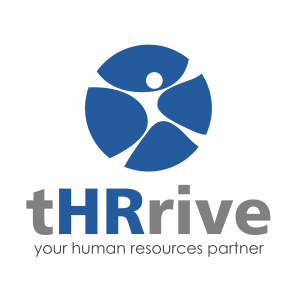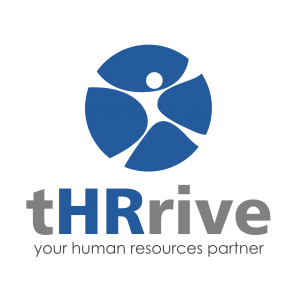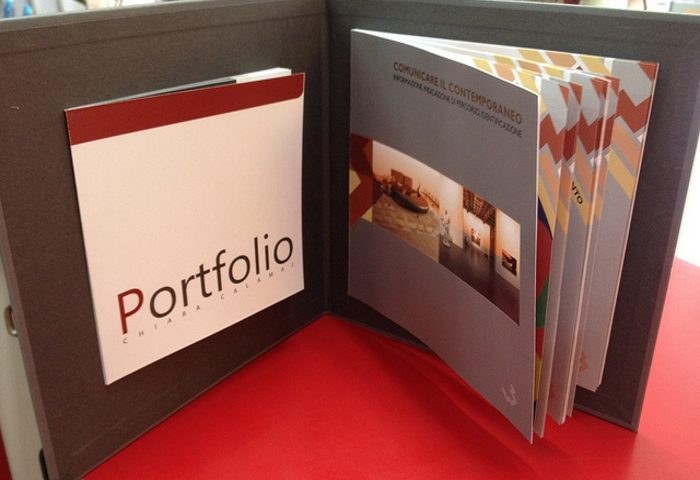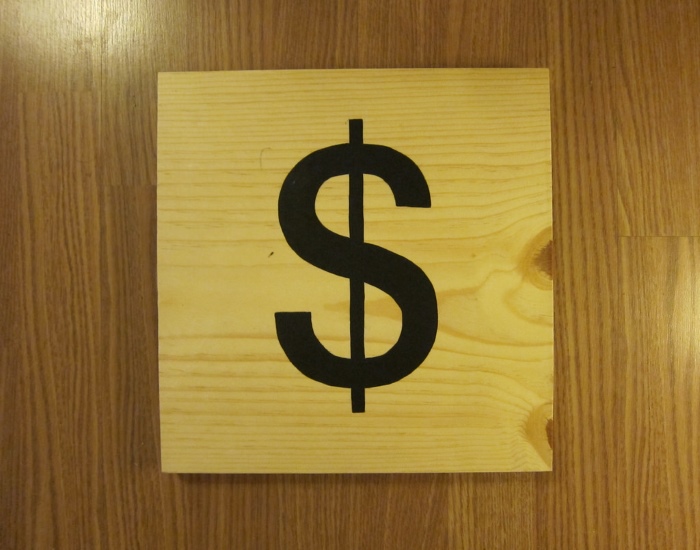Leave an impression with an employer – job interview portfolio

Creating an effective cover letter
February 17, 2017
Should hobbies & interests be mentioned on a resume?
February 17, 2017We can’t stress enough how important a job interview portfolio can benefit a job seeker. Yes, the first impression always begins with a well prepared candidate able to effectively respond to interview questions but the “tie-breaker” is when a candidate can go above and beyond and really knock an employer’s socks off. The portfolio does just that, it sets one candidate apart from the rest and leaves an impression. For example, what if there is one vacant position and three highly qualified shortlisted candidates, which one do employers choose? Funny as it sounds, in many cases it’s the candidate who takes the time to provide a portfolio. From our experience employers do tend to go through a candidate’s job interview portfolio again if it’s on their desk staring them in the face. Because you have left them something tangible, it helps decision makers remember you and keep you top of mind.
Advantages of a job interview portfolio:
• Expand on your resume by showing evidence of skills, knowledge and experience in a more comprehensive manner.
• Show tangible samples of your work, awards, certificates etc. to back-up your responses. What better way to describe something then by showing it.
• Keeps you organized and help you provide stronger work related responses.
• Employers don’t receive many well organized portfolios, so putting one together will help you stand out from the crowd.
• In job interviews, it acts as a constant reminder of things you want to highlight which are relevant to the job.
What do you add in a portfolio?
Here are a few items you may want to include in your portfolio:
• Cover Letter
• A copy of your resume
• Letters of reference or recommendation from previous employers, volunteer work, internships, co-op programs, Associations etc.
• Academic awards and achievements.
• Copies of educational certificates, diplomas, or degrees.
• Copies of positive performance appraisals.
• E-mails, thank you letters, and handwritten notes complimenting you on a job well done.
• Documents or reports you have created.
• Presentation material from presentations you have conducted (hand-outs, PowerPoint slides etc.).
When putting your portfolio together remember not to add any personal pictures or information. Although creating an initial portfolio can be time consuming, once you have created one it’s becomes easy to revise and update with new items.
Information provided by HR Difference.
Our HR team specializes in providing small and medium sized companies with cost-efficient and customized human resources consulting solutions and learning management systems to meet your need and budget. We also provide custom resume writing and telephone job interview coaching for job seekers.





